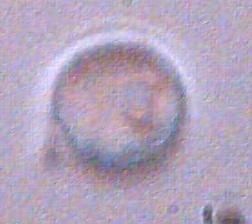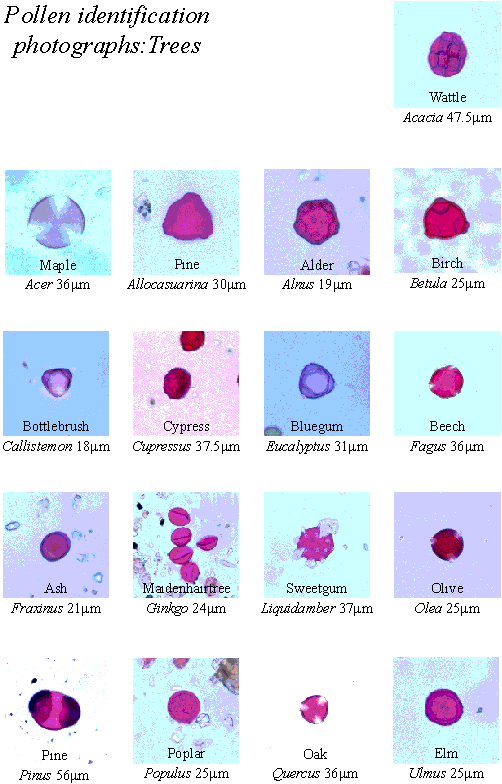
EXTRAORDINARY BIOLOGICAL OBSERVATIONS
Further microscopy analysis of biological materials collected with HEPA air filters is presented here, as a continuation of roughly five years of similar study by Clifford Carnicom. Pictures of biological growths in petri dishes after various incubation periods are attached for consideration by others in identifying these biologicals. Of note is the striking difference between the control group growth, which remains constant over time, and the cultures developed from HEPA-weak saline solution that continue to flourish.

